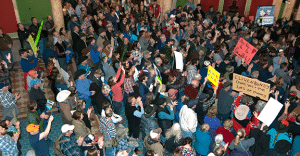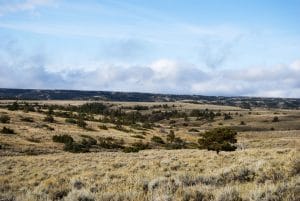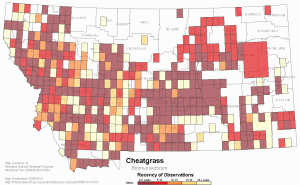
Montana Wildlife Federation Conservation Director Nick Gevock is among the 18 Montanans chosen by Gov. Steve Bullock to serve on the Grizzly Bear Advisory Council to help guide future management of our state animal.
“I’m thrilled to help bring the perspective of hunters, wildlife enthusiasts and conservationists to the grizzly council,” Gevock said. “This council is a chance to bring together Montanans from diverse perspectives to address the very real challenges of managing an expanding grizzly bear population.”
Bullock announced the council makeup recently after moving several months ago to create it. The group consists of farmers and ranchers, conservation interests, timber representatives and hunters. Its charge is to work to come up with innovative ways to reduce conflicts with grizzly bears and shape the future management of this valued native wildlife species.
Grizzly bears are Montana’s state mammal and were put on the federal Endangered Species Act list in 1975. More than four decades later, grizzlies have dramatically expanded their numbers and range in both the Northern Continental Divide Ecosystem and Greater Yellowstone Ecosystem populations. The grizzly bear populations in both of these areas have met the threshold to remove ESA protections for them, but last year a federal judge blocked the delisting in the Greater Yellowstone Ecosystem.
At the same time, grizzlies have dramatically expanded their range and are now found in many valleys, where they come into contact with homes, farms and ranches, livestock and crops. The spread of grizzlies has led to conflicts in some areas where they’ve shown up for the first time in decades.
The council is set to meet eight times in the next year to make recommendations. Its specific charge includes enhancing human safety, ensuring a healthy grizzly population, improving response to grizzly conflicts, engaging all partners in outreach and conflict prevention, and improving coordination between government agencies and with tribal partners.
“MWF and the National Wildlife Federation, as well as many other interests, have for several years been working on preventive measures that protect livestock, grizzlies, and people by reducing conflicts,” Gevock said. “I’m confident that the council can continue to build on that work and other measures that make a difference for people and bears, and I’m eager to get started.”
For more information, go to http://fwp.mt.gov/fishAndWildlife/management/grizzlyBear/gbac.html.
The governor’s press release on the council is at https://news.mt.gov/governor-bullock-announces-grizzly-bear-advisory-council-members







